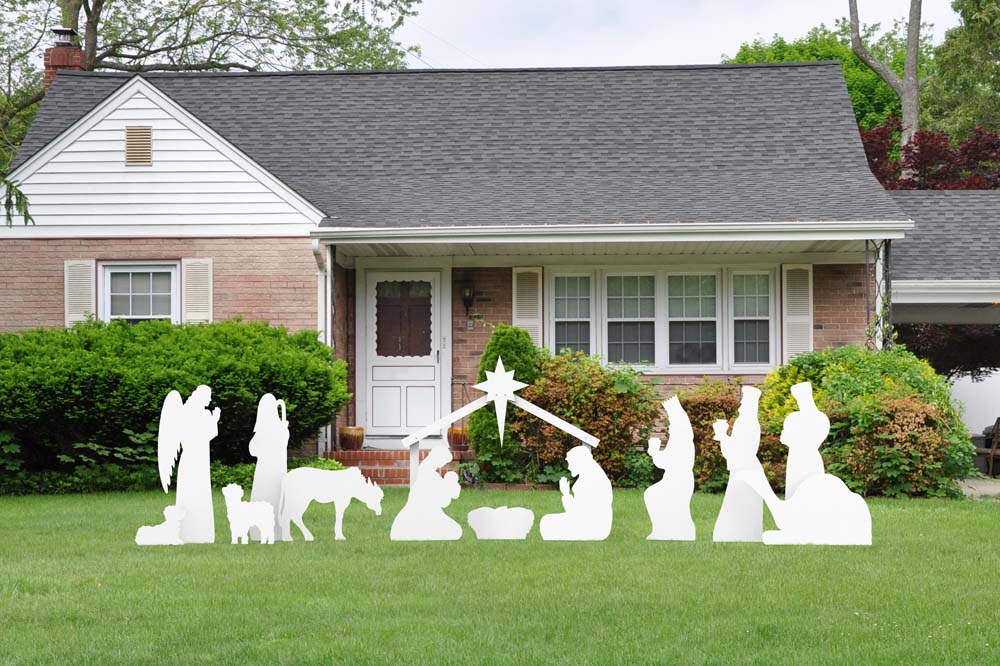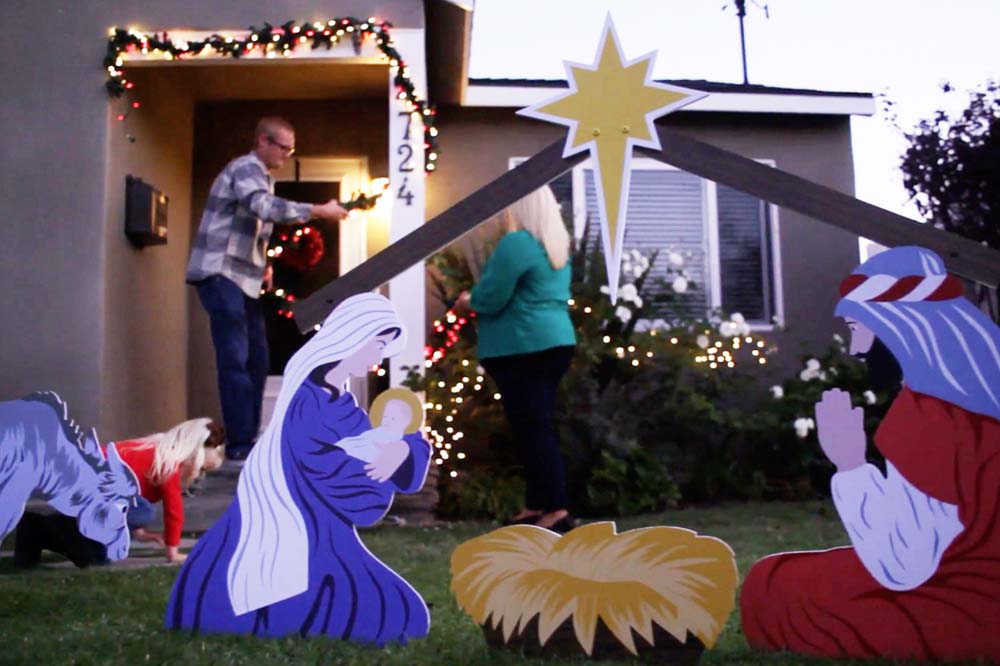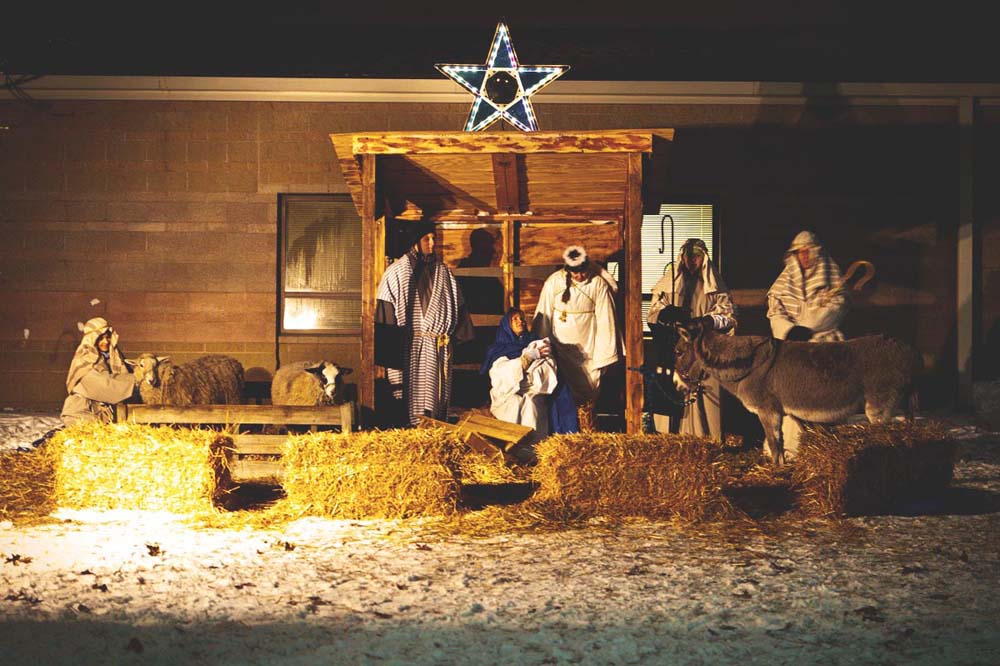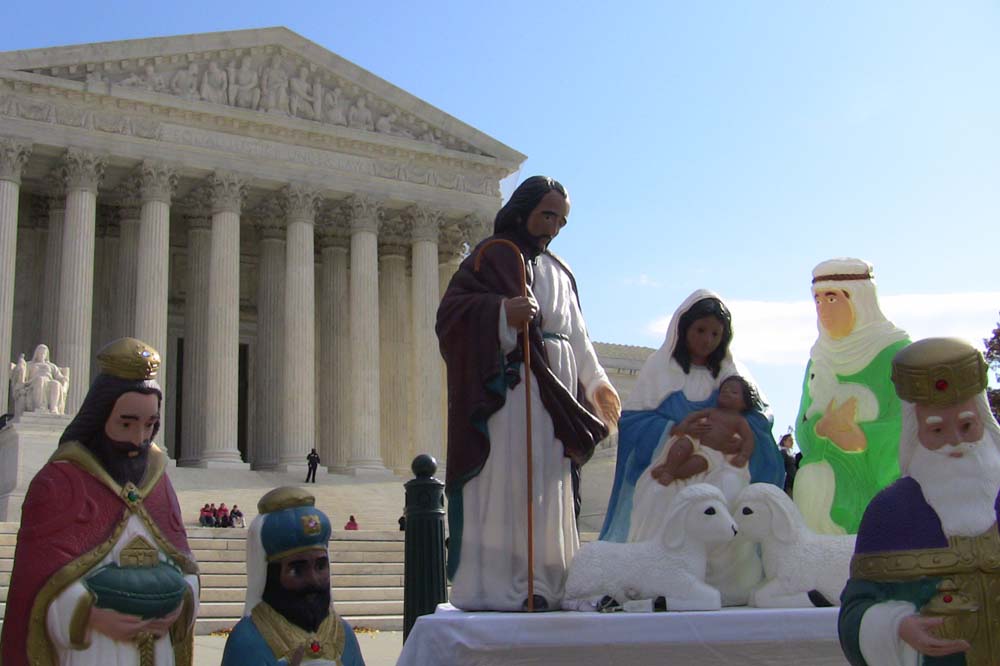The Art of the Nativity: Paintings
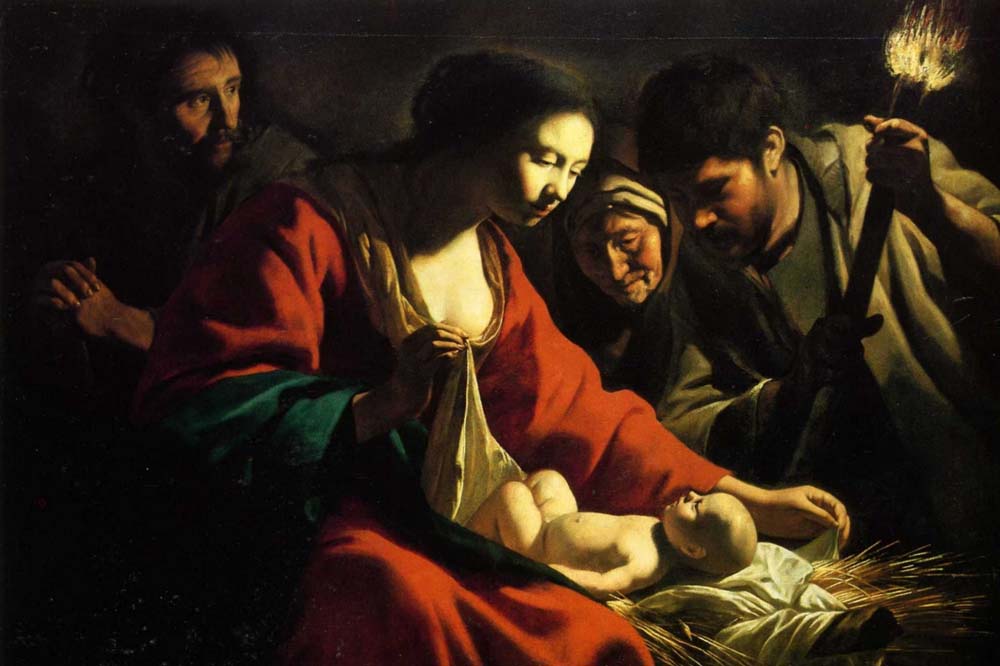
It comes as no surprise that one of the world’s best-loved stories – the story of the birth of Jesus – has been the subject of many artists’ work over the centuries.
One of the oldest known paintings of the Nativity is a faded fresco on the Roman catacombs of St. Sebastiano. It bears the words “The Word Became Flesh” in Latin.
Most Nativity paintings are based on the Gospels of Matthew and Luke, and the earliest ones, which date from the early fourth century, decorate the vaults and passages where early Christians buried their dead.
Medieval and Renaissance Nativity paintings picture Mary, Joseph, and the Baby Jesus, and many contain a donkey and an ox as well as the Holy Family. Although the Scriptures state that Mary wrapped her child in swaddling clothes, many paintings of the Nativity from this period show the baby wearing little or no clothing. He is in marked contrast to his parents, who are seen wearing layers of garments.
According to Matthew Powell in his book The Christmas Crèche, there are three possible reasons the baby is scantily dressed in these Nativity paintings. First, it shows that He was born in poverty and lowliness. Secondly, his little body reveals that, although He is the Son of God, He is human in every way.
Thirdly, Powell writes, “The unclothed human form of Jesus emphasized that his body and blood would be sacrificed on the cross and offered up in the Mass.”
Another interesting aspect of paintings of the Nativity is that they show vary widely in their interpretations of how the Magi looked. Although the Scriptures are unclear that they are kings, and not simply learned men, Christian art tends to depict the Magi as royalty.
“They were depicted in lavish dress, accompanied by great retinues and with exotic animals,” Powell writes.
The number of the Magi varies considerably in early Nativity paintings – from as few as two to as many as 24, according to Powell. By the 10th century, however, the number generally was recognized as three, and that number continues to this day.
Another aspect of Nativity art that varies is the setting of the Holy birth. The Gospel of Luke tells us that Mary laid Jesus in a manager since there was no room for them at the inn. As a result, many artists depict the manger in a stable. However, many Bible scholars believe the manger was more likely to have been a cave.
Many Nativity paintings show shepherds kneeling before Baby Jesus as angels hover above, heralding the birth. The Scriptures tell us that angels told the shepherds of the Holy birth, and their presence at the manger signifies God’s protection of the Holy Family.
Mary, who is often depicted wearing blue in Nativity paintings, typically shows no sign of the exhaustion that comes with delivering a baby. In fact, a painting by Caravaggio (1571-1610) that shows a weary Mary stirred up quite a bit of controversy at the time it was painted.
Joseph is sometimes shown as a young man in Nativity paintings, but more often than not, he is represented as a very old man.
Through the centuries, paintings of the birth of Christ have revealed the culture and times of the artist (or his benefactor). Paintings that show a richly dressed Mary and Joseph may seem jarring when they are compared to a couple dressed in the clothing of peasants, which is more heroically accurate. However, both version can be appreciated.
Jesus was indeed born in a humble setting to ordinary earthly parents. Yet, He is the King of Kings and the Lord of Lords.
